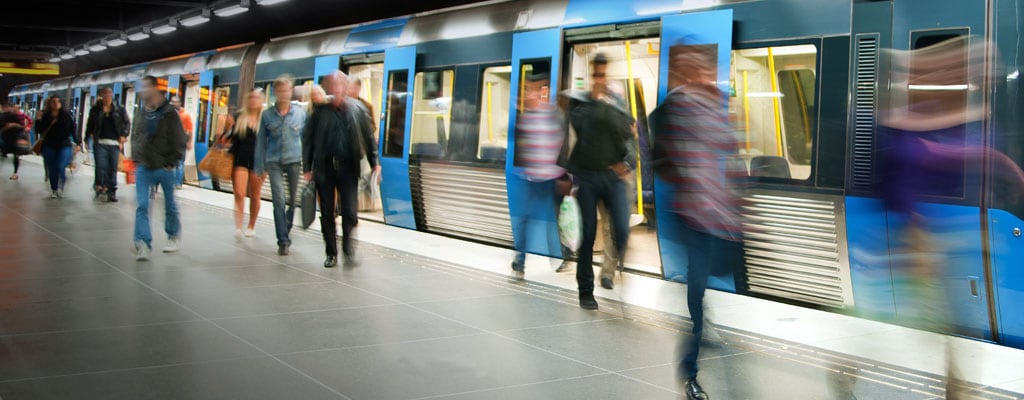AUTHOR:
Nicholas Langston, Senior Manager, Business Development, Communications Solutions
The idea of the smart city is inspiring many new ideas for integrating the services people rely upon every day. Today, there are solutions delivering – with every iteration – convenience, safety, and efficiency that only a few years ago was unimaginable. This unprecedented connectivity is enabled by – among other things – wireless communication and a vast array of sensors. This connectivity can improve urban lighting, infrastructure performance, and energy consumption.
Today, many municipalities are replacing standard street lights with LED luminaire lighting fixtures that are equipped with advanced sensors and connected to integrated networks. The result is a light system locally or remotely activated so that it responds only when the street is in use such as when a pedestrian is walking at night. This type of system enables cities to replace street lighting fixtures, which can help them reduce power demand in the short term and realize cost savings over time.

In the smart city, people would enjoy advanced connectivity that offers new conveniences, including opportunties to integrate the many services they rely on each day, from parking to navigating the city.
If we first target large parking venues such as airports, shopping centers, and malls, by adding video capabilities, each lighting fixture can be locally or remotely activated only when there is activity. This can save energy and enhance security. All of the data and control could be accomplished through the current 4G wireless networks or 5G networks of the future. Since we will have this high speed connection to the internet and cloud, we could use WiFi access to provide information about parking availability and special offers at the stores and restaurants in the area. Advertising revenue can be used to offset the cost of rolling this technology out in places that want to place themselves at the leading edge of the technology adoption curve.
INSIGHTS ON TE SOLUTIONS
Another aspect of the smart city that offers immediate gratification is the ability to manage traffic and parking in metropolitan areas. Imagine the pleasure of entering a major city and being presented with all of the available parking options within the vicinity of your destination. With the advent of smart and autonomous vehicles, city services such as parking information, directions, and billing can all be accomplished automatically. Real-time traffic information will be universally available allowing transportation officials to re-route traffic and change traffic light patters to optimize the flow of traffic. This has tremendous value in areas that host sporting events or major attractions. Environmental information such as weather, pollution, and noise could be monitored at each location. However, integration of all of this functionality in a compact package can be a daunting task. Just the number of sensors and radio functions which must co-exist is a challenge. Issues such as power and thermal management and antenna design are critical to a successful integration.
Just as the streetlights of the smart city will activate only when someone comes within range, so too can all utilities and appliances optimize their performance. The environmental impact of only being ‘on’ when necessary can be significant. Imagine for a moment a city full of smart refrigerators and air conditioners. These two appliances alone represent a significant piece of an individual dwelling’s energy usage. If we could enable these appliances to communicate with the electrical grid, these could determine the best time to run to maintain their target temperatures. Perhaps the refrigerator can achieve slightly colder temps prior to the peak demand for the air conditioner, resulting in a stable, manageable load for the utility provider. Imagine a municipal sprinkler system that takes into consideration current water availability, soil conditions, and the weather forecast to make sure every drop of water used to maintain parks and fields is completely utilized.
THE PATH FORWARD:
As populations in the developing countries of the world continue to grow and demand access to the same conveniences the developed countries already enjoy, existing infrastructures will be stretched to the limit. The solutions enabled by the smart city offer a clear path to provide access to these conveniences in a responsible, equitable way.
About the Author
More Content by TE Connectivity

























